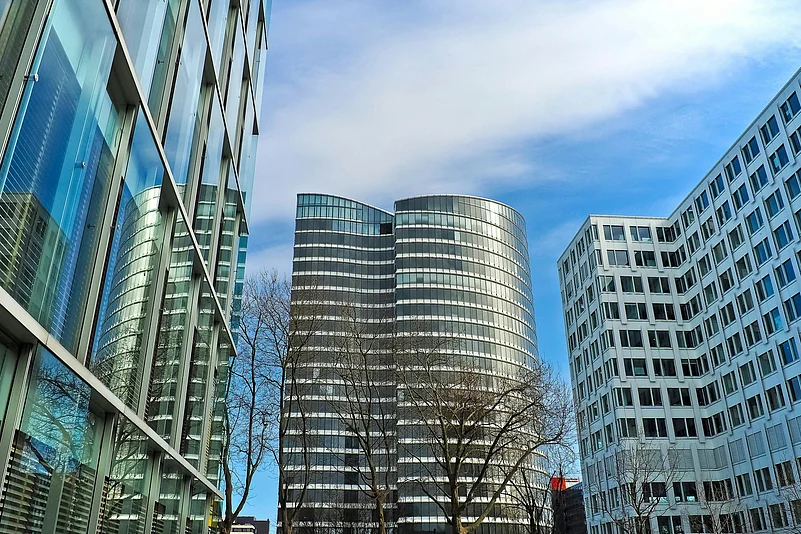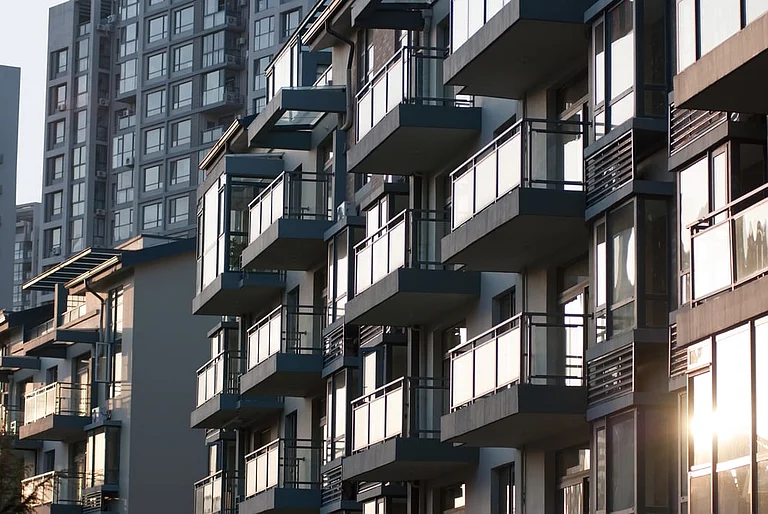India’s office market kicked off 2025 with a record-breaking performance, logging 28.5 million square feet of gross leasing across major cities in the first quarter, according to Knight Frank India’s latest market report. The figure marks the highest quarterly volume ever recorded, representing a 43 per cent surge year-on-year compared to Q1 2024.
Samantak Das, Chief Economist and Head of Research at Knight Frank India, stated, “The Q1 performance demonstrates the resilience and long-term commitment of global occupiers to India. The leasing momentum signals that corporate real estate demand is not just recovering, it’s expanding.”
The report, titled India Real Estate – Office and Residential Market Update Q1 2025, noted that Bengaluru, Hyderabad, and Chennai led the charge, contributing over half i.e. 53 per cent of the total leasing volume. Bengaluru alone recorded 6.6 million sq ft of transactions, maintaining its spot as the country’s top office market.
Hyderabad followed closely at 5.1 million sq ft, while Chennai posted 3.4 million sq ft. Pune, NCR (National Capital Region), and Mumbai also witnessed steady traction, recording 4.2 million, 3.6 million, and 3.3 million sq ft respectively.
A noteworthy trend was the rising demand for Grade A office spaces, with 82 per cent of the leased properties falling under this premium category. Occupiers remained bullish, driven by strong hiring in the IT, BFSI, and Global Capability Center (GCC) sectors.
Knight Frank India’s report further talked about a noticeable return of large-sized deals over 60 per cent of the transactions were for spaces greater than 50,000 sq ft. This not only just indicated confidence in business, but a structural return to office-led work culture after extended hybrid models during the pandemic years.
Vacancy levels across top cities dropped marginally to 15.6 per cent, while the average rentals held steady. Mumbai, despite its high real estate costs, saw a resurgence in demand due to limited fresh supply and strong interest from consulting and BFSI firms.












